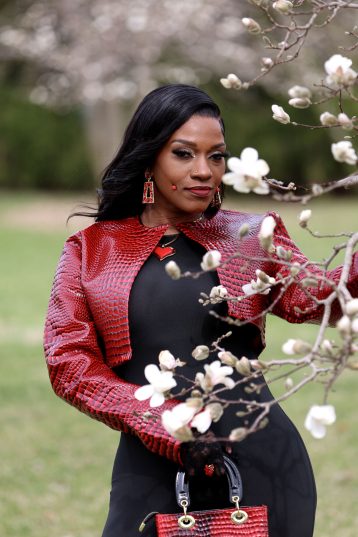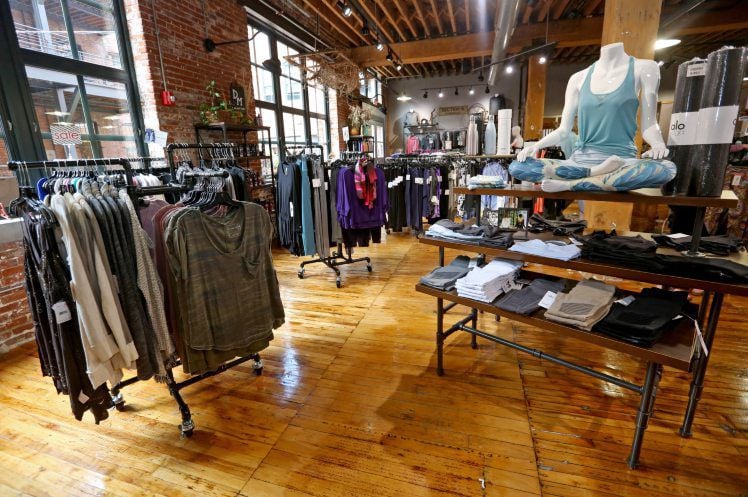How does your garden grow? With weeds and nests and way too many pests? Or with perennials, juicy fruits and healthy, deep roots?
Whether your green thumb is well-established or you’ve never picked up a spade, each spring and summer bring the opportunity to begin anew.
Tyler Wagner, manager and maintenance director at Wagner Nursery in Asbury, Iowa, said there’s something new and different to try each year in gardening. And much like fashion, some trends last and others come and go.
Low maintenance landscaping
The biggest request Wagner said he heard last growing season was for low-maintenance plants. While it’s easy to find landscaping inspiration on HGTV shows, he said it’s important to understand how a variety will respond to eastern Iowa’s climate.
For a hearty, hard-to-kill shrub, Wagner suggests My Monet Weigela, which thrives in the Midwestern environment. It slowly grows low to the ground and has pink flowers in the summer and variegated foliage the rest of the growing season.
Another solid option is the Rhamnus fine line buckthorn, a compact, upright shrub that is perfect for narrow landscaping spots. And it only needs to be trimmed once a year. As for ornamental grasses, Wagner suggests something like Karl Foerster, a feather reed grass that homeowners can plant and simply let grow on its own. In the spring, Wagner said he recommends cutting it back once to get rid of dead pieces.
Raised and container gardens
For the gardener who’s short on space or crippled by control issues, container and raised gardens are popular. Those who live in apartments or rental properties may not be able to dig up an in-ground garden but a group of containers on a patio can achieve nearly the same result.
Jeff Pope, lawn and garden manager at Steve’s Ace Home and Garden in Dubuque, said his customers like having the ability to bring containers inside or relocate them during severe weather to avoid damaging delicate plants. It also protects them from rabbits or other hungry animals.
Raised gardens require more real estate than containers but Pope said they’re easy to manipulate, which is likely why they’re trending.
“It makes perfect sense because you have a lot less weeding to do, you can control the soil and they are easy to maintain,” he said.
Organic and natural
In recent years, Joe Connelly, softlines manager at Theisen’s Home-Farm-Auto in Dubuque, said there’s been a tremendous amount of interest in organic gardening.
“Especially when people are growing edibles, they’re becoming more concerned about what goes in the ground because that comes out in the plants,” he said.
Wagner cautions that the term “organic” gets tossed around a lot but some consumers may not be aware of just what goes into certifying something as organic. He suggests looking for the OMRI seal to know if products and materials, such as fertilizers and pest controls, are allowed for organic use.
Or try reducing chemical use in gardens is by using natural pest deterrents, like lavender plants, to keep away mosquitos and other bugs. Connelly said marigolds are also effective in repelling a number of undesirable insects.
Fairy gardens
In the past three or four years, Pope said fairy gardens have become wildly popular, especially with whimsical children. They can be as small as a 12-inch galvanized pan or as large as your imagination and property line permits. Most start with a little soil and a few seeds to grow flowers or miniature conifer trees. Then add tiny decorative items to create a little home or even an entire village for fairies. Houses, ladders, chairs, bridges, water features and colorful pebbles or marbles are commonly used.
“You see parents in here with their little girls and they love those fairy gardens and it’s fun to do together,” Pope said.
New and unusual
Each year, Connelly said he sees customers looking for new hybrids or colors of plant varieties. This year, he said a new Chinese pear tree is expected to draw attention.
Wagner said it’s common for customers to seek out specific colors of flowers, such as hydrangeas, but it’s important to remember that only some of those varieties will thrive in Iowa. He suggests taking a walk in your neighborhood and photographing some of the plants that seem healthy and aesthetically pleasing. A local expert should be able to help you identify it and get you set up to grow your own.
Feeling overwhelmed or just don’t know where to begin? Wagner recommends that novice gardeners start small and aim to master one plant variety at a time before adding more the following year. Pay close attention to the quality of soil on your property and be prepared to add compost or other natural materials, like grass clippings or cow manure, to improve it.
When in doubt, consult an expert at a local garden center or nursery before investing in costly new equipment or plants. Careful planning at the beginning of the growing season will set you up to watch your garden or landscaping flourish all season.
Emily Klein Shedek is a former Telegraph Herald reporter and freelance writer.












